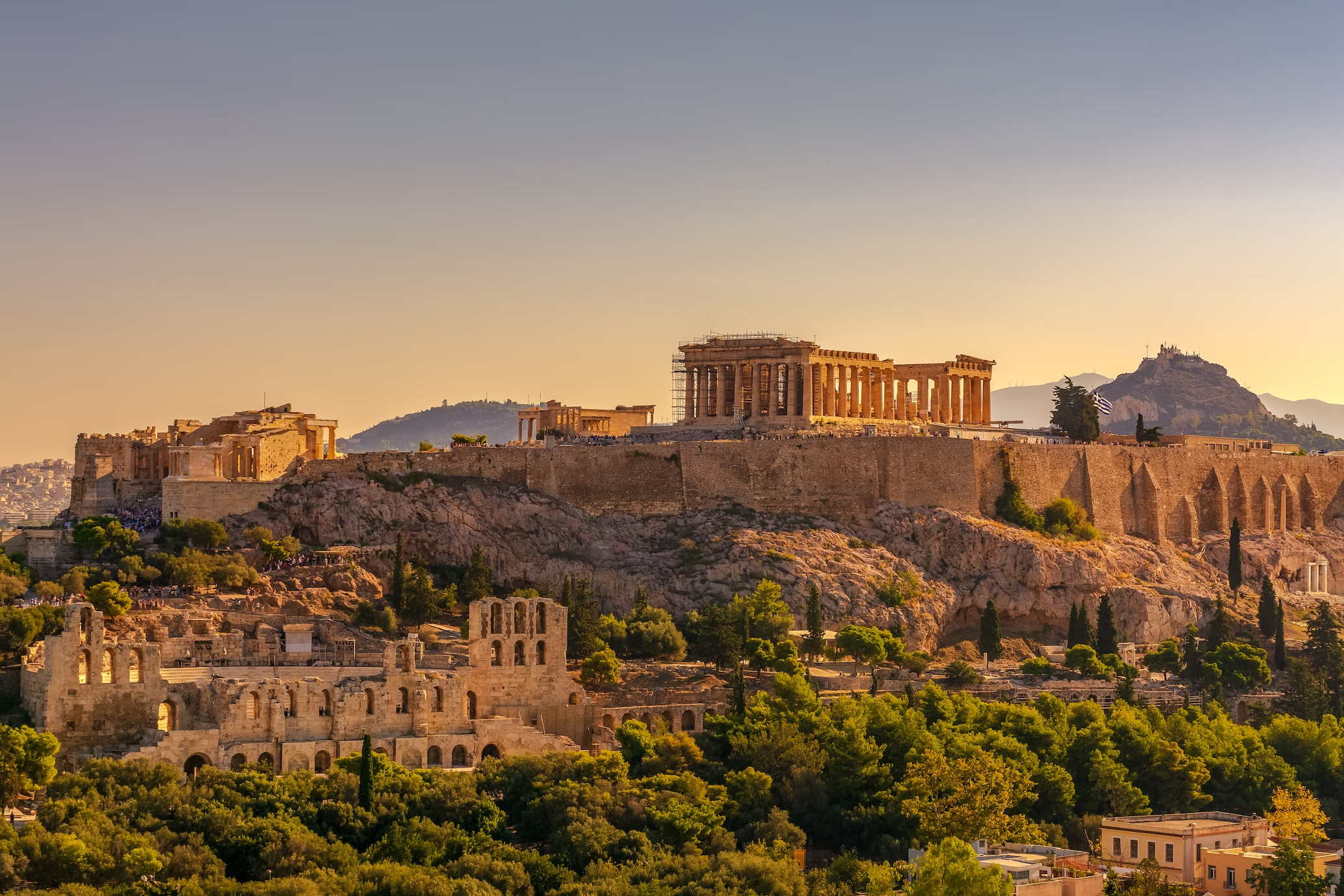
| Domain | Canonization of the New (Classical Greece, 550-323 BCE) |
| Researcher(s) | Dr. Janric van Rookhuijzen |
| University | Radboud University |
| Date Range | December 2022 - December 2025 |
According to the ancient Greek historian Herodotus, the Persians under Xerxes occupied Athens in 480 BCE and destroyed it completely. Scholars have traditionally thought that the Persian destruction of Athens ultimately paved the way for the Classical Greek glories of the 5th century BCE. The event has even been used as a dating tool to artificially divide the so-called ‘Archaic’ and ‘Classical’ periods in Greek history. Still today, the Persian invasion of Greece is fundamental in the construction not only of modern Greek identity, but also of an anti-eastern ideology in Greece, Europe, and the ‘West’.
The Persian invasion is also a crucial event in the archaeological study of the ancient buildings of the Acropolis. These buildings form the core of Athens' cultural heritage and are currently recognised as UNESCO World Heritage (since 1987) and European Heritage (since 2014). It is often thought that the buildings on the Acropolis were built to commemorate the Persian invasion. This is the case in both scholarship and in official documents of political organizations such as UNESCO. However, recent scholarship has cast doubt on the archaeological visibility of the Persian invasion at the Acropolis. If so, it can be asked what role an anti-eastern ideology could or should still play in our understanding of this heritage site.
This project envisions to enrich the study of classical archaeology and ancient history, and more widely, the field of cultural heritage studies by offering new insights into the Acropolis as an important symbol of cultural heritage. By exposing the role of an anti-eastern ideology in this celebrated UNESCO World Heritage and European Heritage site, it will raise the question of what cultural heritage could or should mean in the 21st century.
Header image by Constantinos Kollias.
